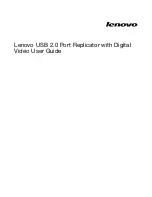
Standard Recommended Procedure 003-794-AEN | Issue 14 | March 2020 | Page 23 of 27
Step 5: Documentation (Figure 30)
Identify remote location termination and determine code to be printed. It should only be necessary
to print the remote location. Printed code from label makers may be affixed to the label card on the
inside of the front door.
Figure 30 — Print Remote Termination Label
5.2
Cable/Jumper Labeling
Fiber termination identification is equally important in mapping the data center network. Individual fibers
(such as jumpers) must be clearly labeled to identify local and remote location. Typically a single jumper will
contain two labels on each end of the fiber near the termination point identifying the specific local id and the
remote id the jumper is patching to. It is important to follow suite with previous defined code indicating rack
or cabinet id, patch panel id and more specifically the individual port or fiber termination location. One should
cross reference the recommended guidelines in ANSI/TIA-606-A-1. Proper labeling allows users to easily trace
jumpers from one location within the network to the next.
Most common identification methods for individual fiber id employ the use of flag or wrap around preprinted
labels. Barrel or snap-on labels may also be employed but user must select the proper barrel label for the
corresponding jumper diameter, e.g., 2.0 mm. Documentation should clearly identify individual fiber strands of
the cable or jumper.





































